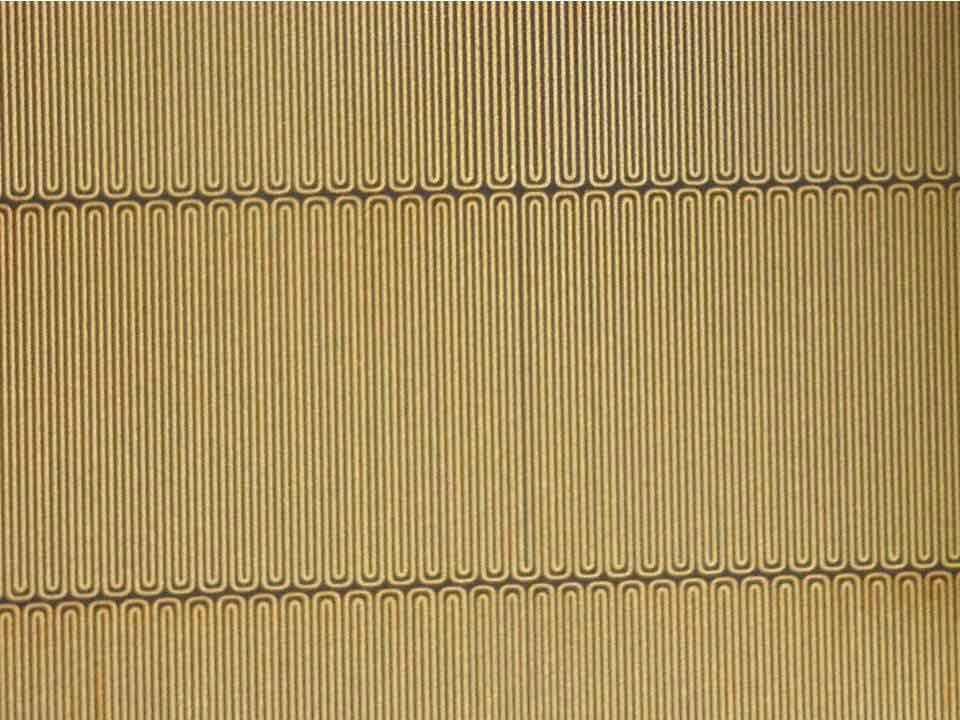
If Israeli industrial design student Dror Peleg had been around in the late 1950s, I feel sure that his
Frii plastic bike concept would have found its way into Mosanto’s House of the Future. Over 50 years later, that vision of a world of plastic has also given rise to some serious disposal issues and grave environmental concerns. Frii proposes to be part of the solution, not the problem. Made from recycled plastic, the city cycling concept would be manufactured locally for local use. Components would be injection molded into modular shapes that snap together to form a strong, lightweight and very colorful single-speed bike for quick trips through the city streets.

For the final project for his industrial design degree at the Bezalel Academy of Art and Design in Jerusalem, Israel, Peleg looked to create a product of use to locals which can be made locally instead of being imported from elsewhere. The process of injection molding is widespread in Israel, being used to make everything from garden furniture to tables and chairs to storage units. The designer therefore embarked on a project to make use of existing facilities (rather than opting for new technologies like 3D printing) to manufacture the components needed for a wholly plastic bike, which he says would be less energy and labor intensive than traditional bike manufacture.
Rather than add to the enormous plastic waste disposal problems that are the behind nightmare disasters like the Great Pacific Garbage Patch, the designer envisions using various recycled plastics for the Frii bicycle. The modular design centers around the familiar diamond-shaped frame found in many modern bikes, as well as plastic pioneers like the Innervision concept we featured a few years back, but with a pyramid of plastic ribs to strengthen the structure and offer some eye-catching aesthetics.
Peleg told Gizmag that “the frame is the largest part but the molds required for it are not much larger then a plastic chair molds.”
To the bottom of the split frame sits the pedal crank, which would have bearings inserted into the mold before the injection process begins. A belt runs from this to the rear wheel hub. There are no external brakes as such on Frii, Peleg says that he sees such matters being handled in a similar way to the way BMX hub braking operates – when a rider pedals backwards, the bike comes to a halt. The forks to the 20-inch plastic wheels are kept short for added strength and the solid tires are injected over the rims during manufacture.
The uncomfortable-looking saddle would be made in different sizes to suit different riders and, like much of the design, would snap into place. The young designer does point out, however, that his creation was not designed for the rigors of off-road cycling or racing but for the smoother ride offered by city streets. The chosen manufacturing process would also appear to lend itself to various custom color configurations. Additionally, the Frii bike could be recycled at the end of its useful life, perhaps into another model.

Peleg has produced a non-working 1:1 scale model to take the design off the computer screen into the real world but says that preparing the vehicle for prototyping and production was beyond his design brief and such endeavors would require some more design and engineering work.
As such, we see any future development of the project as likely needing to take a closer look at some of those stress points in the current design, as well as giving some serious consideration to the actual strength and rigidity of the construction materials used, towards the rear in particular.
Source : www.gizmag.com





